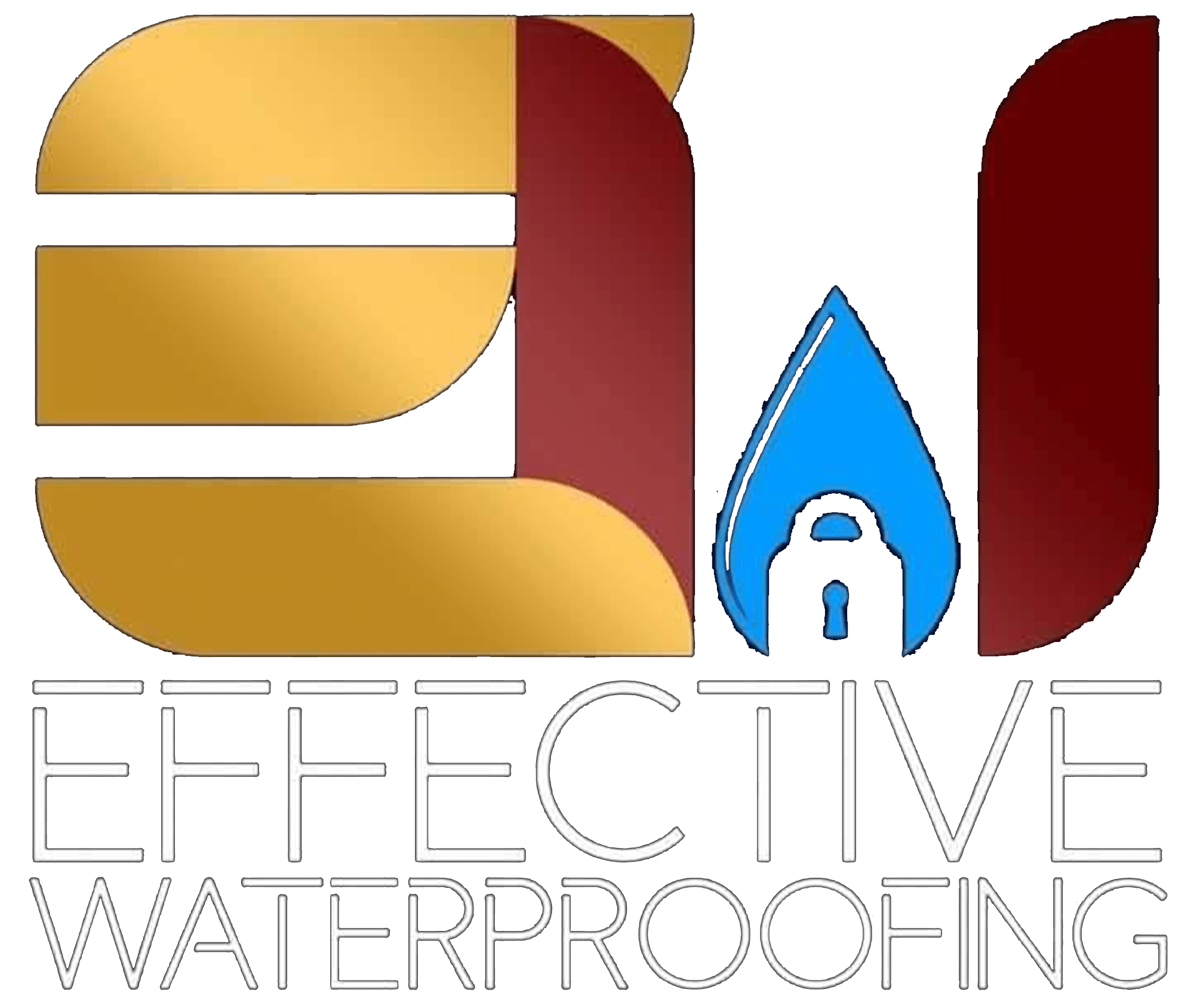Indicators Your Sump Pump Might Need Replacement: Recognizing Signs and Taking Action
Below are signs that your sump pump may require replacement. If unsure, contact a professional for assessment.
Unusual Noises: Uncommon sounds from your sump pump could indicate various issues. Regular monitoring is advised to ensure proper functionality.
Handling Heavy Water Flow: Even a functioning sump pump may struggle with excessive water in your basement. Consider upgrading the pump, installing a new drain tile, or implementing a baseboard system for assistance.
Constant Running: A sump pump running continuously can accelerate wear. While it's normal after heavy rainfall or snowmelt, prolonged running without apparent cause may signal malfunction.
Over 10 Years Old: Sump pumps typically last 8 to 10 years. Aging beyond this range may lead to decreased efficiency. Replacement is recommended to maintain effective water management.
Incorrect Installation: Improperly installed sump pumps may fail during heavy rains, revealing signs of inadequate handling. Detecting installation issues is crucial for optimal pump performance.
Failure to Activate with Rising Water Level: A sump pump's float mechanism triggers activation when water rises. A malfunctioning system may fail to turn on, indicating potential float, power, or electrical issues.
Frequent Repairs: If constant repairs are needed, replacing parts or the entire sump pump system becomes a more viable investment for long-term peace of mind.
Frozen Discharge Channels: Insufficient insulation around sump pumps can lead to frozen discharge channels and ice dams. This hinders proper water flow, potentially causing water to return to the sump bucket and, in extreme cases, into the basement.
Frequent Tripping On and Off: Sump pumps cycling frequently may indicate electrical or float problems. Alternatively, it could signify a water volume exceeding the system's capacity, prompting consideration of a new basement waterproofing system.
Proactive monitoring and timely replacement ensure the effective functioning of your sump pump, preventing potential water damage and providing lasting peace of mind.
Signs It's Time to Replace Your Sump Pump: Recognizing Issues and Ensuring Effective Water Management
Water Overflow in Your Basement: Excessive water accumulation in the sump pump, leading to overflow, may signal the need for replacement. While blockages or power issues can contribute, persistent overflow could indicate the pump is due for replacement.
Float Switch Malfunctions: Float switch problems, causing irregular pump activation or deactivation, can disrupt proper functioning. Pressure-related issues may also contribute to incorrect switch operation, warranting attention.
Rust Development: Unusual rust on or near the sump pump can occur due to constant water exposure, potentially leading to system damage. Addressing rust issues promptly is crucial to prevent deterioration and potential holes in the pump.
Overheating Concerns: Overused sump pumps can overheat and experience wear. While replacing the system is an option, resolving the underlying cause is essential to prevent recurring overheating issues. Professional intervention helps identify and address the root problem.
Mold Growth Around the Sump Pump: Mold is common in basements, especially around sump pumps. Excessive water accumulation and improper drainage may contribute to mold growth. Detecting mold near the sump pump suggests drainage issues, indicating a potential need for replacement.
Water Leaks: Water leaks in sump pumps are problematic. Identifying the source of leaks, whether in the channel pipes or the pump itself, is crucial. Addressing water leaks promptly helps maintain effective water management.
Power Issues and Failures: If the sump pump fails to power on, it may indicate a system malfunction or electrical problems. Diagnosing the issue promptly ensures timely repairs or replacement.
Backup System Failures: Sump pumps equipped with backup power systems should have functioning backups. If the backup system fails, whether due to a broken trigger or a dead power unit, addressing the issue promptly ensures reliable backup power during emergencies.
Persistent Clogs: Frequent clogs in the sump pump, whether in channel pipes or the pump itself, may necessitate replacement. Evaluating the nature of the clog helps determine the appropriate course of action.
Recognizing these signs and addressing them promptly ensures the continued effectiveness of your sump pump, preventing potential water damage and maintaining a reliable water management system.

